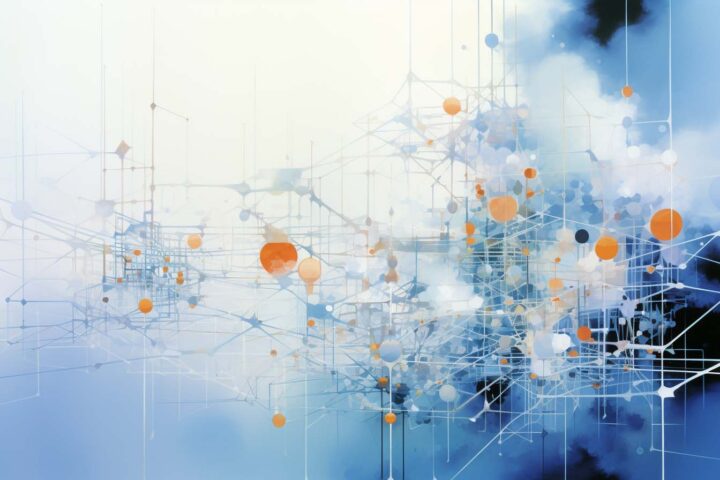TLDR:
- Identity fabric is crucial for the future of cybersecurity, according to experts.
- Gartner predicts that identity fabric will be the foundation for secure access management in 70% of companies by the end of 2024.
In the article “On Point: Identity Fabric Is the Future of Cybersecurity,” the focus is on the importance of identity fabric in the realm of cybersecurity. As the digital world becomes more interconnected, protecting identities and associated information is essential. Identity fabric, defined by Gartner as an architectural approach integrating identity and access management components, plays a key role in providing a cohesive user experience across various platforms and environments.
The identity fabric approach emphasizes several crucial aspects:
- Centralized management for improved efficiency and control over user identities and access rights.
- Seamless user experience through single sign-on capabilities.
- Adaptive security using contextual information and intelligence for risk assessment.
- Integration and interoperability to promote system compatibility.
- Future-proofing for quick adoption of new solutions in the evolving cybersecurity landscape.
However, the implementation of identity fabric brings its own set of risks that must be addressed, including challenges related to single sign-on, entitlement management, and identity governance. Organizations need to conduct thorough risk assessments and establish remediation controls to mitigate these risks effectively.
Gartner’s predictions indicate a significant adoption of identity fabric by organizations in the coming years. It is projected that by the end of 2024, 70% of companies will rely on identity fabric for secure access management, highlighting its growing significance in the cybersecurity domain. This emphasizes the imperative for organizations to understand and implement identity fabric effectively to bolster their cybersecurity posture and adapt to evolving threat landscapes.







